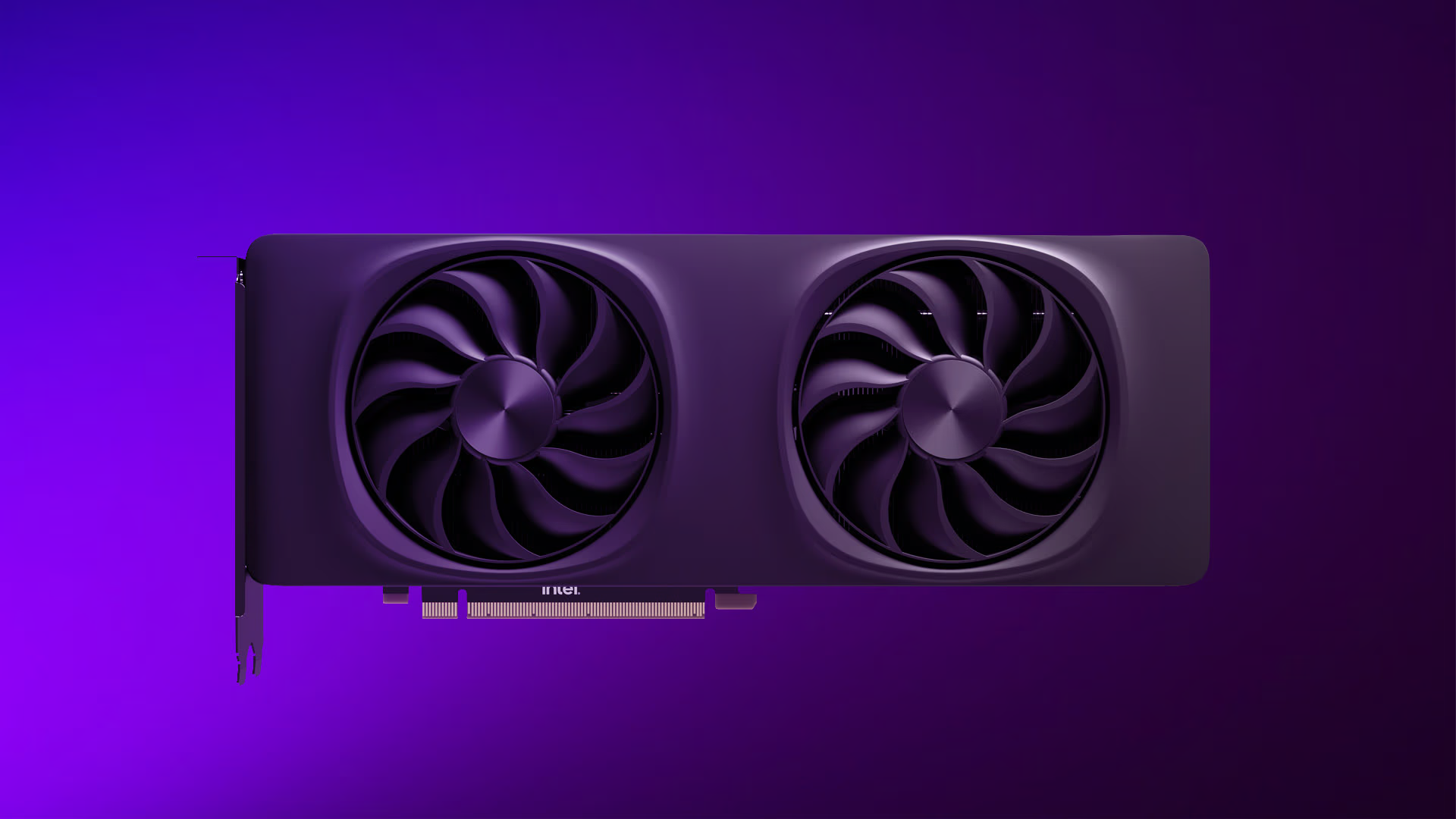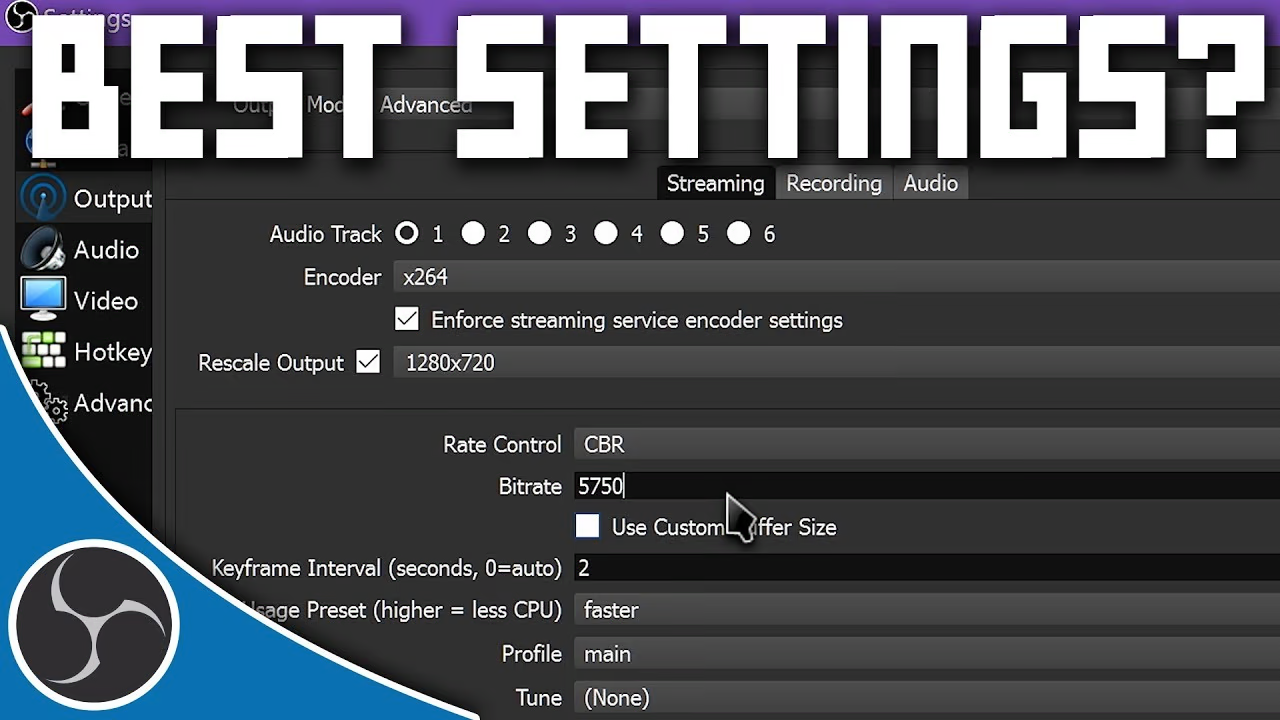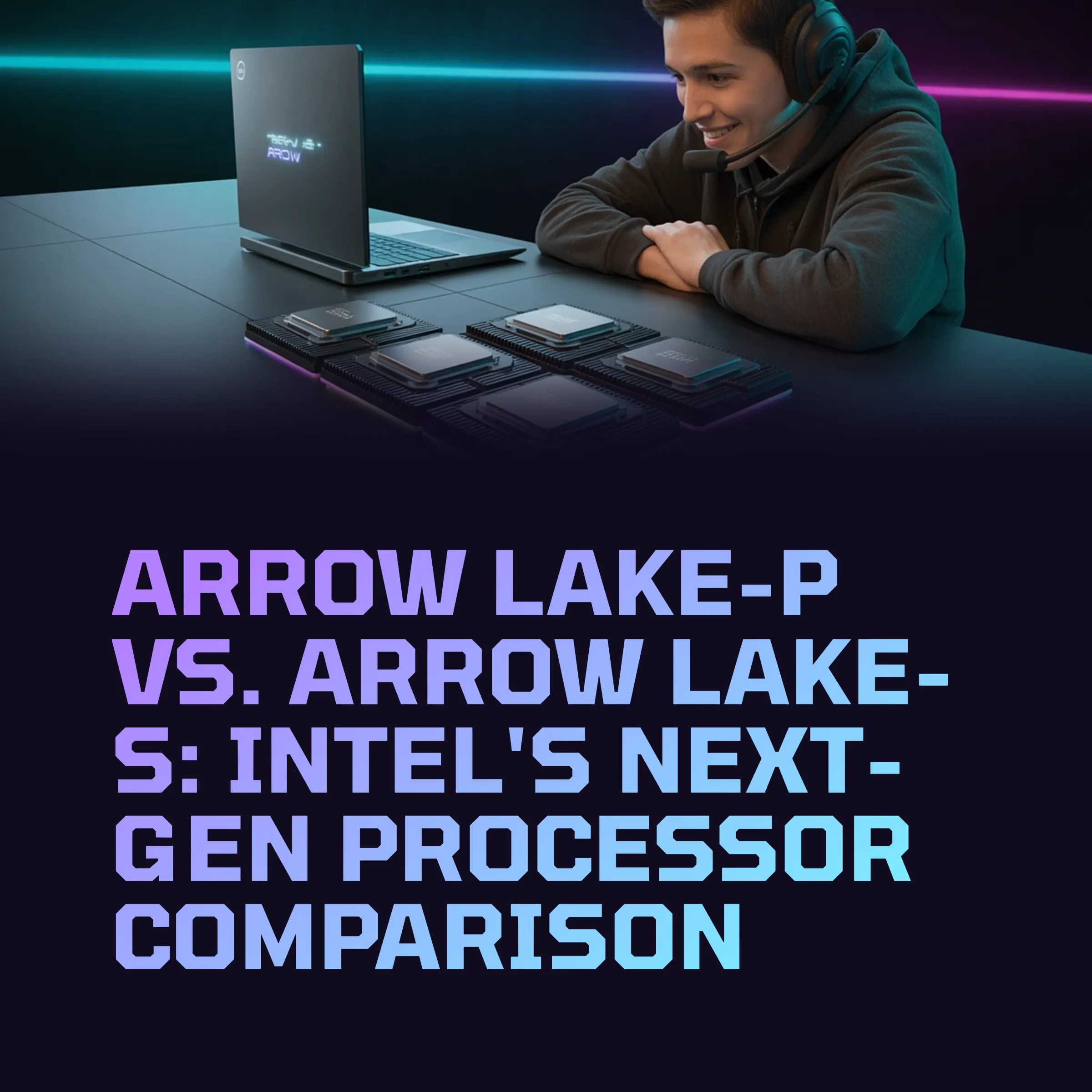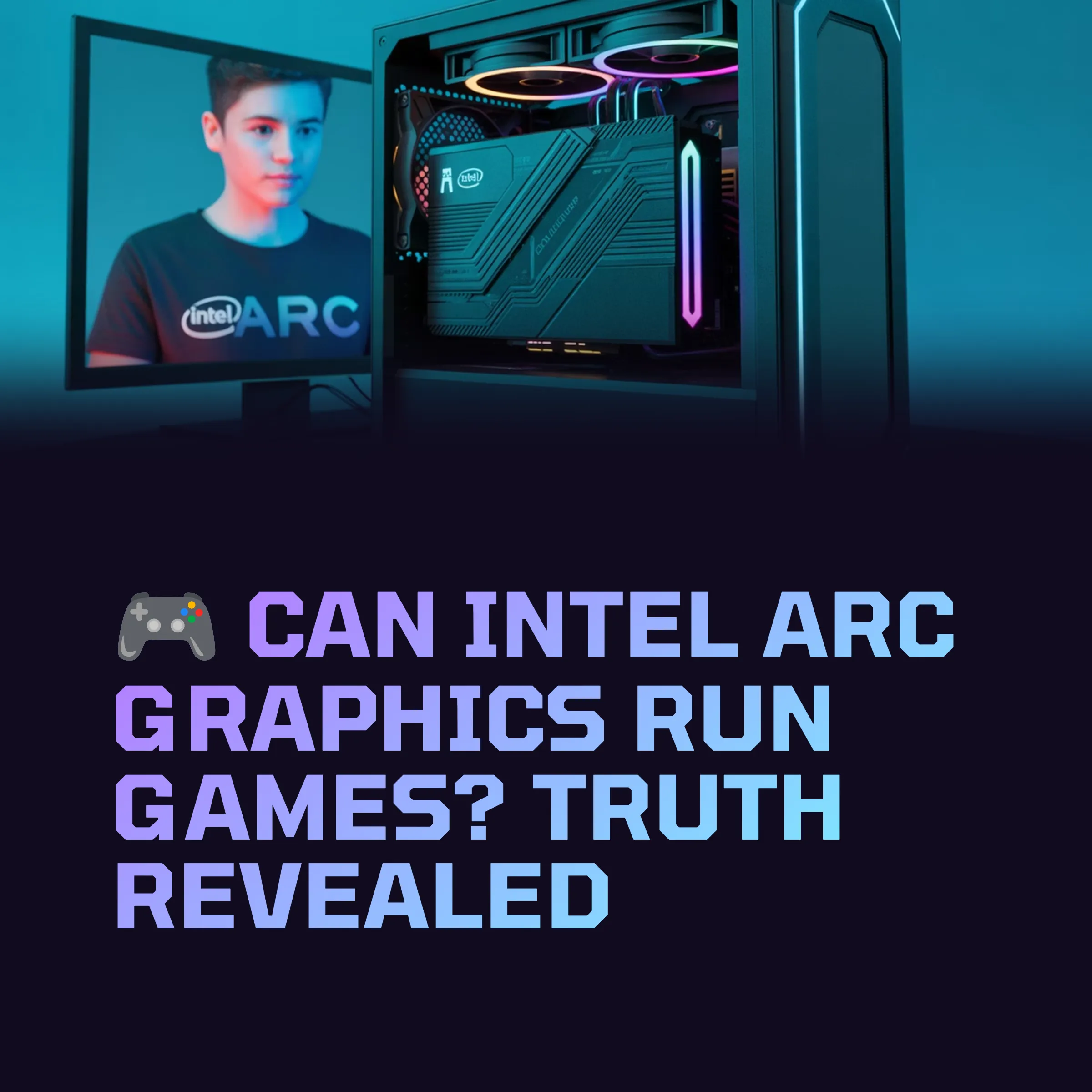RTX 5050 vs Intel Arc B580: Shocking Winner Revealed in Budget GPU Showdown

RTX 5050 vs Intel Arc B580: The Budget GPU Battle
The battle for the best budget GPU has a new contender—NVIDIA’s RTX 5050. At $249, it directly competes with Intel’s Arc B580. But which card delivers more value for gamers on a budget? In this guide, we’ll dive deep into real-world performance, specifications, power efficiency, and one major issue that holds the B580 back: CPU dependency.
Specifications Comparison
| Feature | NVIDIA RTX 5050 | Intel Arc B580 |
|---|---|---|
| Architecture | Blackwell | Xe-HPG+ (Battlemage) |
| CUDA/Xe Cores | 2,560 CUDA | 2,560 Xe |
| VRAM | 8 GB GDDR6 | 12 GB GDDR6 |
| Memory Bus | 128-bit | 192-bit |
| Memory Bandwidth | 224 GB/s | 456 GB/s |
| Ray Tracing | 4th-gen RT cores | Hardware RT |
| Upscaling | DLSS 4 | XeSS |
| TDP | 130W | 190W |
| MSRP | $249 | $249 |
Gaming Performance (Average FPS)
| Resolution | RTX 5050 | Arc B580 | Difference |
|---|---|---|---|
| 1080p | 160 FPS | 125 FPS | +28% |
| 1440p | 85 FPS | 68 FPS | +25% |
| 4K | 50 FPS | 42 FPS | +19% |
In games like Cyberpunk 2077, Fortnite, and Forza Horizon 5, the RTX 5050 consistently outperforms the Arc B580 by up to 29%. DLSS 4 offers smooth frame generation and AI-accelerated upscaling, giving it a strong edge.
CPU Dependency: A Major Concern for Arc B580
One of the biggest challenges facing the Arc B580 is its heavy reliance on CPU performance. Unlike the RTX 5050, which maintains consistent frame rates even with mid-tier CPUs, the B580 can suffer performance drops of 30–40% if not paired with a high-end processor.
Intel’s own documentation and independent reviews confirm that the Arc B580 works best with CPUs like the Ryzen 7 9800XD or Intel Core i7-14700K. However, these CPUs cost $350–$450—far more than the GPU itself. This mismatch makes little sense for gamers looking to build a budget-friendly PC.
In contrast, the RTX 5050 runs well with affordable CPUs like the Ryzen 5 5600 or Intel Core i5-12400F. This makes it easier to build a balanced and cost-effective system without sacrificing performance.
Power Efficiency and Compatibility
The RTX 5050 also draws significantly less power—130W compared to the B580’s 190W. This means it can be used with smaller power supplies (e.g., 500W–550W), while the B580 requires a beefier PSU and better cooling. For compact or budget builds, this makes the 5050 more practical.
Get a Balanced Prebuilt System
If you're overwhelmed with part-picking or want guaranteed compatibility, check out BattleForge PC’s prebuilt configurator. Their systems pair the RTX 5050 with optimal CPUs and cooling solutions—saving you time and ensuring balanced performance right out of the box.
Conclusion
The Arc B580 may look competitive on paper with 12 GB VRAM and wider memory bandwidth, but in practice, its value is undermined by its CPU dependency and higher power requirements. The RTX 5050 offers better frame rates, efficient power usage, mature drivers, and broad compatibility across modern and older CPUs. It’s the clear choice for gamers seeking a true budget-friendly solution that doesn’t compromise on performance.
Comments
Please log in to comment


